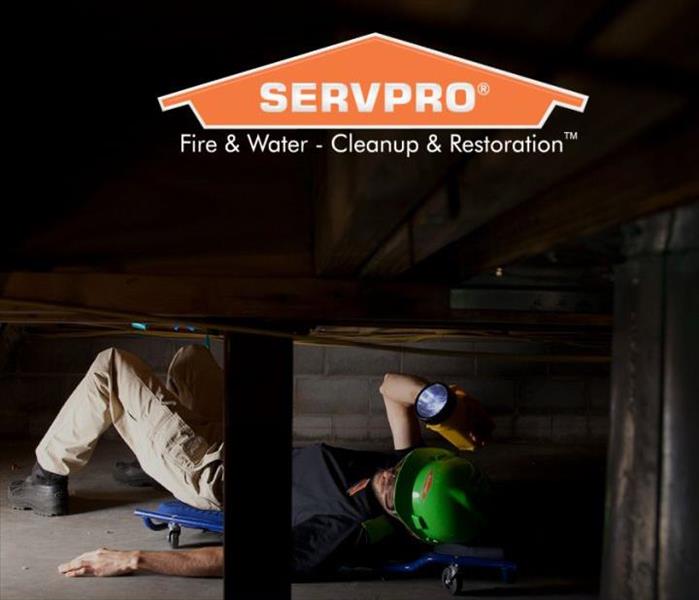A Brief Guide To Mold Containment
7/6/2021 (Permalink)
Microscopic mold spores occur naturally almost everywhere, both outdoors and indoors.
It is impossible to remove all mold from a home or business. Therefore, mold remediation reduces the mold spore count back to its natural or baseline level. Some restoration businesses advertise “mold removal” and even guarantee to remove all mold, which is a fallacy.
Reasons To Contain Mold
Mold spores are microscopic and float along in the air and may enter your home through windows, doors, or AC/heating systems or even hitch a ride indoors on your clothing or a pet.
Mold spores thrive on moisture. Mold spores can quickly grow into colonies when exposed to water. These colonies may produce allergens and irritants. Before mold remediation can begin, any sources of water or moisture must be addressed. Otherwise, the mold may return.
Mold often produces a strong, musty odor and can lead you to possible mold problem areas.
Even higher-than-normal indoor humidity can support mold growth. Keep indoor humidity below 45 percent.
How To Contain Mold
Proximity to mold requires extensive protective gear. Wearing rubber gloves, respirators with built-in HEPA filters, and goggles can help avoid exposure to mold contamination. Disposable full-body protective suits are also recommended.
Identify the source of the mold and fix it. For instance, if the cause is a leaky pipe, shut off your water supply and contact a plumber.
Isolate the contaminated area. Always close doors leading to rooms where mold exists. Place warning signs to prevent accidental entry. Keep indoor-facing windows closed. Use polyethylene sheeting to cover doorways and other openings. Duct tape can be used to seal your sheeting in place.
Remove everything from the room, including rugs. This will prevent mold from attaching itself to more items that people may touch. Have these things professionally cleaned. Throw them away if they prove to be unsalvageable.
Spray a dust suppressant to prevent particles from floating around. The drier the room, the longer your dust suppressant solution will work. Consider using one that is biodegradable.
Prepare the room for professional remediation by wiping every surface with a cloth and a mold-killing detergent. Floors can be mopped with the same solution. Discard the materials you're wiping with after use. Visually inspect the area and, if you detect dust or dirt, continue cleaning.
Containing mold is an essential preliminary step before mold remediation. Follow these guidelines to limit mold contamination and prevent further destruction.
If your home or business has a mold problem, we can inspect and assess your property and use our specialized training, equipment, and expertise to remediate your mold infestation.
If You See Signs of Mold, Call Us Today – 814 849-5653




 24/7 Emergency Service
24/7 Emergency Service
